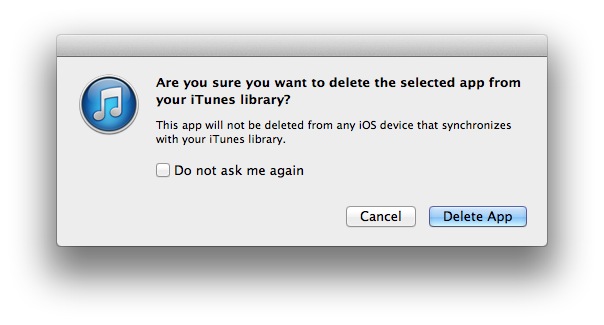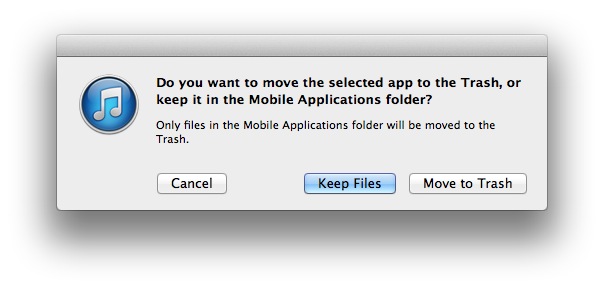I’ve owned a desktop Mac since Apple’s initial creation back in 1984. During this 30 year stretch, I’ve replaced each Mac with a newer model about every three years, occasionally more frequently. Until now! My current desktop Mac is a 2009 Mac Pro. It’s five years old and, at the rate things are going, it may be another couple of years before I replace it. Each day I keep it, I break my personal record for holding on to a Mac.
On the one hand, this is a testament either to what a great job Apple did with this version of the Mac Pro or how little computer technology has changed over the previous five years. Or a bit of of both. In the past, a major force behind my decision to replace each Mac was how out-of-date and under-powered my existing machine had become. For example, if my Mac did not have a USB port or a DVD drive or a processor fast enough to stream video or sufficient RAM to run Photoshop, I knew an upgrade was in my near future. Something like this has eventually happened to every Mac I’ve owned. Until now.
My current Mac Pro shows almost no significant sign of aging. I did upgrade to an SSD drive a couple of years ago. Aside from that, it’s pretty much the same computer it was when I first bought it. And, except for a few minor things such as a lack of a Thunderbolt port, there is nothing that newer Macs have that I especially crave. As long as my Mac Pro can run the latest version of OS X at a decent speed, it should be good to go for a long time.
Still…at some point, unless I give up on desktops altogether and go with just a MacBook, I’ll want (or need) to get a new desktop Mac. In fact, I’d probably get one tomorrow if there was a new Mac that fit my wants and needs. And here’s where I have a dilemma. Which Mac, if any, would I get?
As a Mac geek (I can show you my membership card), I’ve always gravitated towards the highest end models. I preferred the flexibility (such as for adding or replacing monitors), expandability (for adding additional drives and cards) and superior internal specs of the Pro. That’s why, when Apple announced its completely redesigned Mac Pro last year, I initially assumed this is what I would be getting. I was ready. However, for reasons I wrote about previously, the new Mac Pro is not for me (nor is it for most other people who place similar demands on their computer). As Dan Frakes explained:
“…even if you’re shopping for performance, unless you regularly use software that either takes advantage of multiple cores or subjects your Mac’s processor to sustained heavy loads (or both), you’re probably better off with an iMac or a MacBook Pro.”
As another Macworld article reported, the new Mac Pro is actually slower than an iMac for many common tasks in apps such as iMovie and iTunes. It concluded that: “The Mac Pro is…probably overkill for everyday tasks.”
When you throw in the fact that the Mac Pro’s internal expansion options are almost non-existent and that its cost, especially if you go beyond the entry level model, quickly soars into the stratosphere, it becomes hard for all but the most high-end professionals to justify getting the Pro.
So where does that leave me?
With an iMac? That remains a possibility. For now, I’m waiting to see what the next generation of iMacs will bring. Retina displays are rumored. That would be enticing.
Even so, I’d still prefer the flexibility of a Mac without a built-in display. In this regard, an entirely new mid-range Mac model, such as Dan Frakes’ mythical mini-tower, would be welcome. But I don’t believe Apple will ever come out with such a model. Apple isn’t going in that marketing direction anymore.
The Mac mini to the rescue?
That leaves one other desktop option: the Mac mini.
Given the limitations of the other alternatives, the Mac mini is looking quite attractive to me right now. True, it doesn’t have the internal expansion capabilities I would like, but then neither does the iMac or the Mac Pro. On the plus side, the mini allows me to choose my own monitor (or monitors), is very compact (even compared to the much downsized Mac Pro), and starts out very inexpensive (the base model is $599).
There’s just one problem. Unfortunately, it’s a big one. The machine is so underpowered that even its top of the line model is not acceptable to me. To see what I mean, let’s compare a top-end iMac to a top-end mini.
I could get a 27” iMac with a 3.5GHz Quad-core Intel Core i7 (Turbo Boost up to 3.9GHz). To this, I’d go with 32GB of SDRAM and a 3TB Fusion Drive. I might be content with the standard NVIDIA GeForce dedicated graphics card, but I’d probably upgrade to the NVIDIA GeForce GTX 780M 4GB GDDR5 upgrade. Add it all up and its $3299.
The best I can do with the mini is a 2.6GHz Quad-Core Intel Core i7 processor, 16GB of SDRAM and a 1 TB Fusion drive. The only graphics card option is a barely adequate Intel HD Graphics 4000. Configured with an Apple Thunderbolt display, a Magic Trackpad and wireless keyboard, it costs only $2536.
In every aspect except price, the Mac mini is distinctly inferior to the iMac. But the mini is only cheaper because of its lesser specs. An iMac with specs matched to the Mac mini costs around the same: $2549. For me, I’d gladly pay $760 extra for an upgraded Mac mini that matched or exceeded the specs of the iMac. [There is also a server version of the Mac mini, but I’m leaving that speciality model out of the discussion here.]
So the question becomes: Why does Apple maintain this Mac mini vs. iMac disparity? Why not beef up the mini? As far as I’m concerned, there isn’t a good explanation. Apple ought to be at least a little embarrassed by the Mac mini.
In Apple’s defense, some point out that the Mac mini hasn’t been updated for a long while. That’s why there is such a disparity. It’s true. The last mini update was almost two years ago: October 2012. The expectation here is that, when Apple finally gets around to releasing a new mini, the machine will achieve feature parity with the iMac. Of course, this doesn’t explain why Apple has dragged its feet on a mini update. Perhaps, given low sales, Apple hasn’t made the mini a priority. I don’t know. In any case, if and when Apple finally updates the mini, it could also update the iMac, maintaining the feature disparity. In other words, an updated mini might not resolve the matter.
Another explanation for the disparity is that the Mac mini is designed to appeal to the most cost-conscious segment of the market. Given their low-demand use of a computer, these users are content with minimal specs in exchange for saving some money. Apple is simply giving them what they want. The mini may especially appeal to PC switchers who already own a viable display, keyboard and input device. With an iMac, these users would be forced to get (and pay for) a new set of these peripherals. The mini saves them this expense.
The cost-saving logic makes some sense but I don’t see it as the total explanation. Apple could still keep entry level prices at their current low level while simultaneously offering a top end model superior to the one now available. But who, you may ask, would want and pay for this souped-up Mac mini?
Me.
And I suspect there are many others like me who, having decided that a Mac Pro is no longer a realistic option, are looking for an alternative that is not an iMac. My guess is that, if Apple came out with a next generation Mac mini that had specs equalling or outpacing the next generation iMac, it would sell more than enough units to be classified a success. There is an opportunity here for Apple to expand the Mac mini market to people, such as myself, who are sitting on the sidelines with aging, but still usable, Mac Pros and iMacs, waiting to see what comes next.
A final “explanation,” given by many pundits, for why the Mac mini remains underpowered, is that Apple doesn’t want the mini to cannibalize sales of its presumably more profitable iMac lineup. I’m not convinced this argument holds water. Regardless, while I may be an outlier, I’m currently buying nothing instead of the souped-up Mac mini I would likely have purchased by now. This certainly isn’t helping Apple’s bottom line.
In the end, I remain cautiously optimistic that, among the slew of products Apple has promised to release before the end of this year, we’ll see a new and much improved Mac mini. My hope remains that, hidden beneath the mini’s current garb, a Jedi knight is waiting to be revealed—and that it will rescue me from my desktop Mac dilemma.


